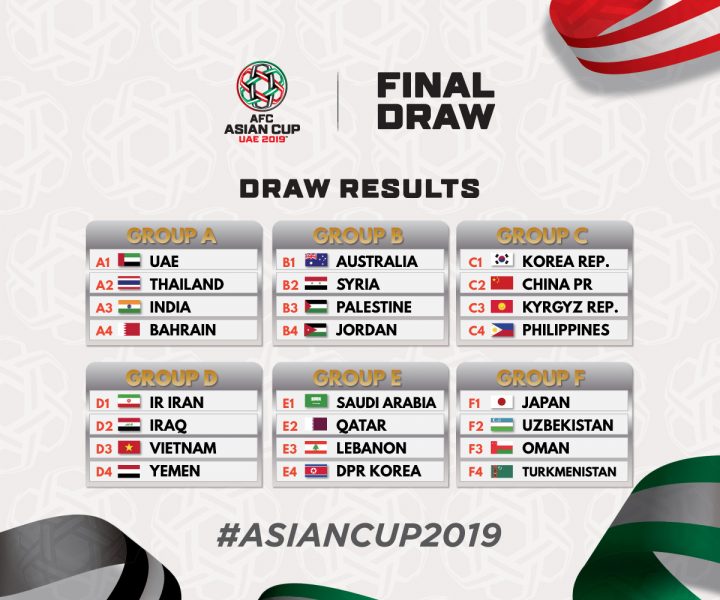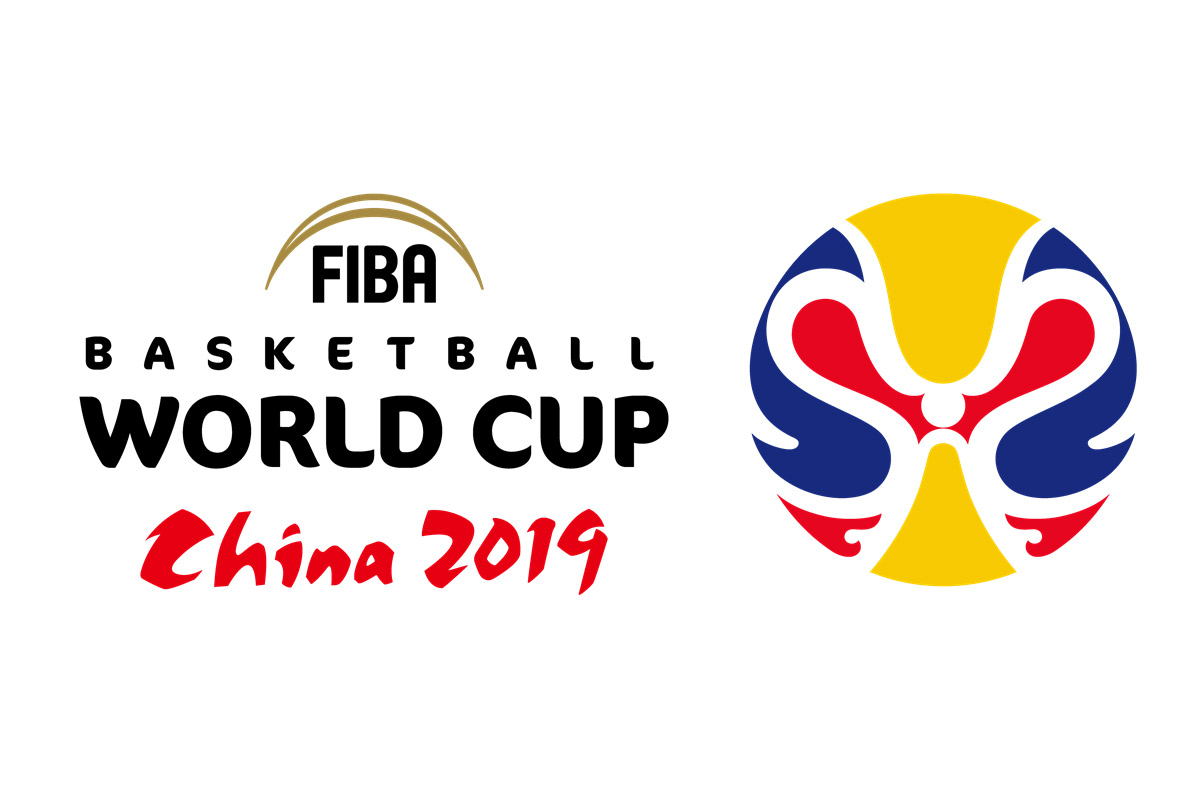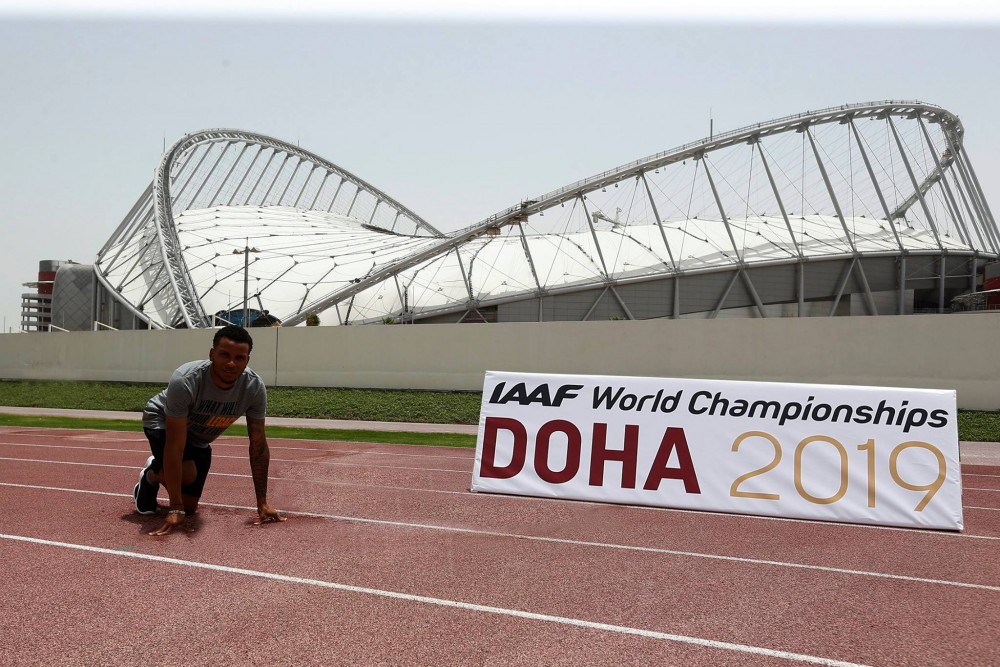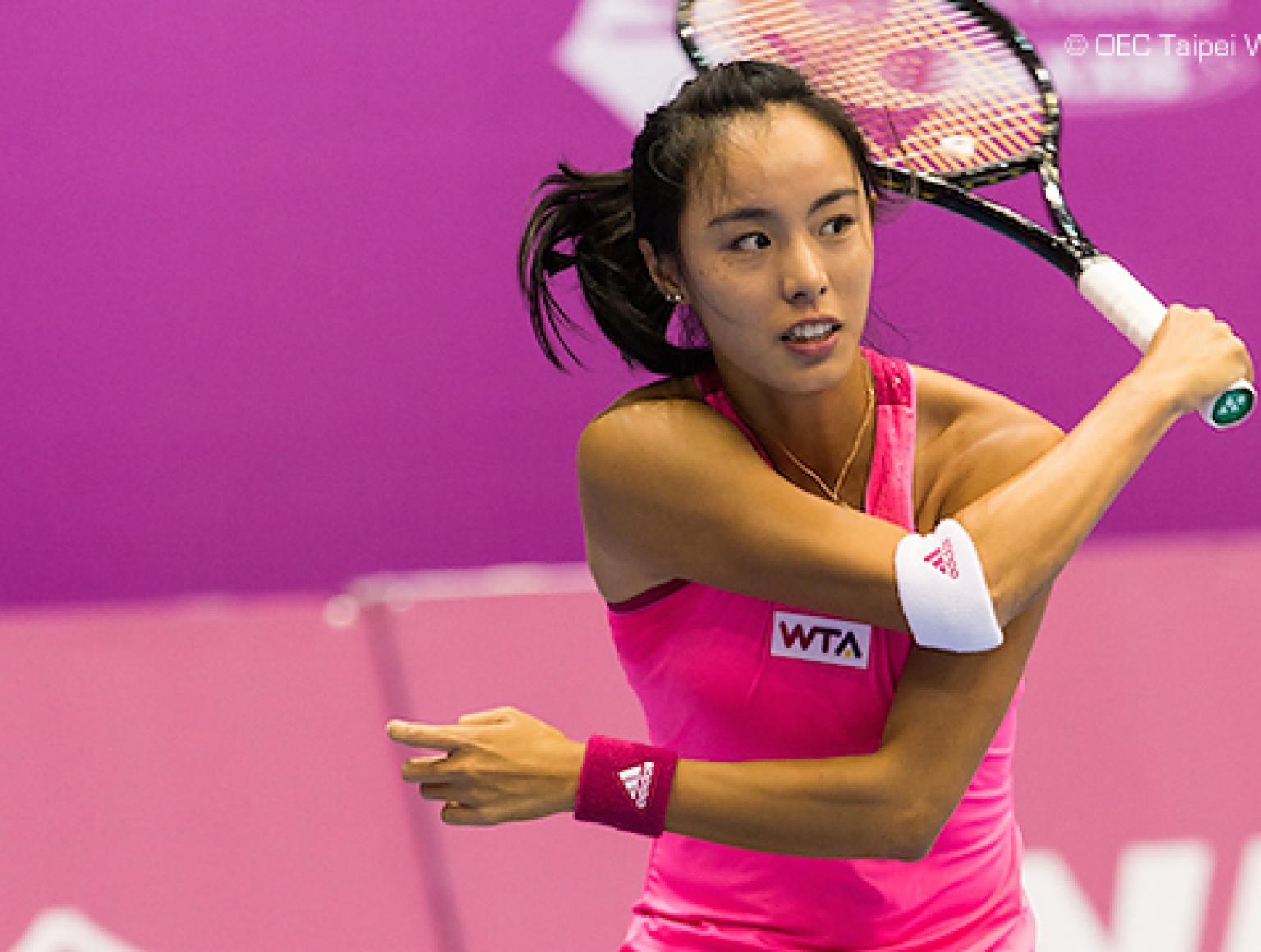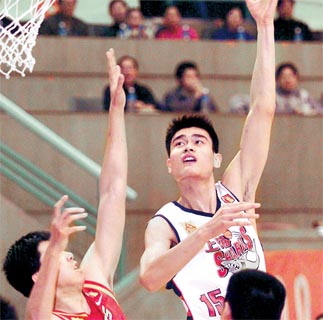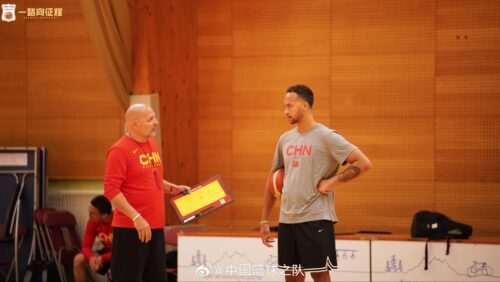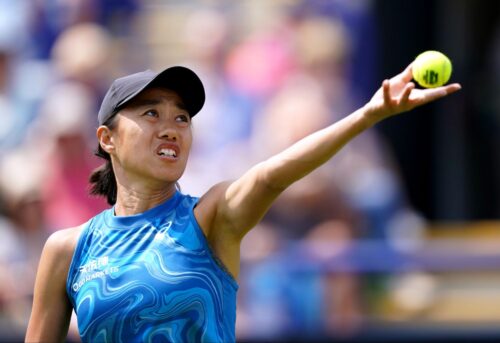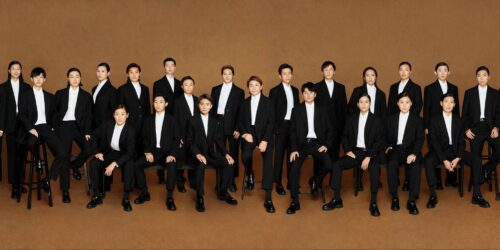Chinese football prepares to kick off at AFC Asian Cup

The China Sports Column is a The China Project weekly feature in which China Sports Insider Mark Dreyer looks at the week that was in the China sports world.
Last week, this column was a little downbeat about the year that was 2018. But in sports you’re only as good — or bad — as your last result, so there’s plenty of chance to set things straight in 2019.
And we don’t have to wait long at all.
The quadrennial AFC Asian Cup — Asia’s answer to the Copa America or European Championships — kicks off in the UAE on Saturday, with China facing Kyrgyzstan on January 7 to start what will be Marcello Lippi’s farewell tournament as national team coach.
China’s build-up to the expanded tournament has been unimpressive, with a 2-1 defeat to Iraq (ranked 88th in the world) and a 1-1 tie with Jordan (ranked 109th) — a team beaten by the Kyrgyzstanis just days before.
China is favored to finish second in the group after South Korea — a team it has only beaten twice in the past 33 clashes — but qualification could all come down to the team’s opener on Monday. Cup debutants Kyrgyzstan have soared up the rankings in recent years to the point where they are now rated among the top half of the 24 teams in the tournament.
A sole win against Sven-Goran Eriksson’s Philippines side might still be enough to see China qualify as a third-placed team, but further progress in the tournament would be very hard, given their likely opponents in the knockout stages.
Four years ago, China topped its group with three wins before a spirited 2-0 loss to hosts Australia in the quarterfinals. The players weren’t quite greeted as returning heroes, but they restored a decent amount of pride to the country’s long-suffering fans — temporarily, at least.
Given all the noise surrounding Chinese football in the four years since then, you might expect the semifinals to be the team’s goal this time, but in reality, just matching that last-eight performance from 2015 has to be considered a success.
China has shown no signs of becoming an Asian powerhouse — the country’s stated goal by 2030 — but surprises still happen in soccer more than in many other sports, so fans will be watching in the millions and hoping for a minor miracle.
The other big national team tournament of the year comes on home soil, as China hosts the FIBA Basketball World Cup toward the end of the summer. Thirty-two teams will play 92 games over 16 days in Beijing, Shanghai, Nanjing, Wuhan, and four venues in Guangdong.
With just 17 of the 32 teams having sealed qualification for the tournament, China won’t find out until the draw in the middle of March which teams it will face, but with spots for the 2020 Tokyo Olympics up for grabs, this tournament will be treated with the utmost importance.
Unlike in soccer, China is an Asian powerhouse in basketball, but with no players currently in the NBA, even an over-performing Chinese squad roared on by passionate crowds won’t unduly trouble the top sides in the world. However, with the eyes of the (basketball) world on China, you can be sure that all the stops will be pulled out to make this an unforgettable extravaganza.
Next, Chinese athletes will compete at the World Athletics Championships in Doha, Qatar, in September, with state media continuing to build up sprinter Su Bingtian’s 苏炳添 chances. But with Su himself saying he doesn’t have the natural speed to break 9.9 seconds, instead needing a combination of perfect conditions and a following wind, he’s a long shot to overhaul the American quartet that topped the speed charts in 2018.
As highlighted last week, Su is good, but he has not yet reached true world-class status, nor does he look like he’ll get there.
Elsewhere, female shot putter Gong Lijiao 巩立姣 is arguably China’s best medal hope, having won the world title in London two years. But shot putters of either sex don’t typically inspire a generation of youngsters to pick up an iron ball, however good they are in the stadium.
In tennis, the recent talk has been of world No. 21 Wang Qiang 王蔷 looking to emulate Chinese legend Li Na 李娜, but the 26-year-old may soon be upstaged by a pair almost a decade her junior. 17-year-olds Wang Xiyu 王曦雨 and Wang Xinyu 王曦雨 have each made their mark in recent months, with the former winning the U.S. Open Junior title last year, while the latter was a set up against Maria Sharapova in Shenzhen this week before being forced to retire with cramps. The teenage Wangs also combined last summer to win the Girls’ Doubles title at Wimbledon.
On the men’s side, it’s the opposite situation: 19-year-old Wu Yibing 吴易昺 is still waiting to translate his world-beating junior form into professional wins, while 32-year-old veteran Li Zhe 李喆 recently qualified for this month’s Australian Open — his first Grand Slam tournament. His opponent has yet to be decided, but anything other than a first-round exit would be a huge shock.
Across the board, attention will be on China’s 2020 Olympic hopefuls to put a stake in the ground in the build-up to Tokyo, with the table tennis team in particular keen to bounce back after an annus horribilis in 2018. However, with China seeing athletes disqualified for doping violations at each of the past three Summer Games, expect a little more caution to be exercised: a recent ruling said that drug cheats in China will now serve jail time in addition to any athletic punishment they receive.
But whether or not Chinese athletes perform this year, the wider industry will still progress as expected. New policy targets include hosting 100 top sporting events and establishing 100 domestic sporting brands by 2025, by which time the professional side of the sports industry should be worth an estimated 2 trillion yuan ($290 billion), up from 620 billion RMB ($90 billion) in 2016.
An earlier target, which has yet to be revised, set the whole of the sports industry at 5 trillion RMB ($730 billion) by 2025, although the sportswear industry accounts for much of that total, while the new direction appears to be toward building professional sports leagues, with a focus on soccer, basketball, volleyball, table tennis, badminton, ice hockey, and chess.
The ideal situation, of course, would be for China to see success both on and off the fields of play. But for now, just one will do.
The China Sports Column runs every Friday on The China Project. Follow Mark Dreyer @DreyerChina.
